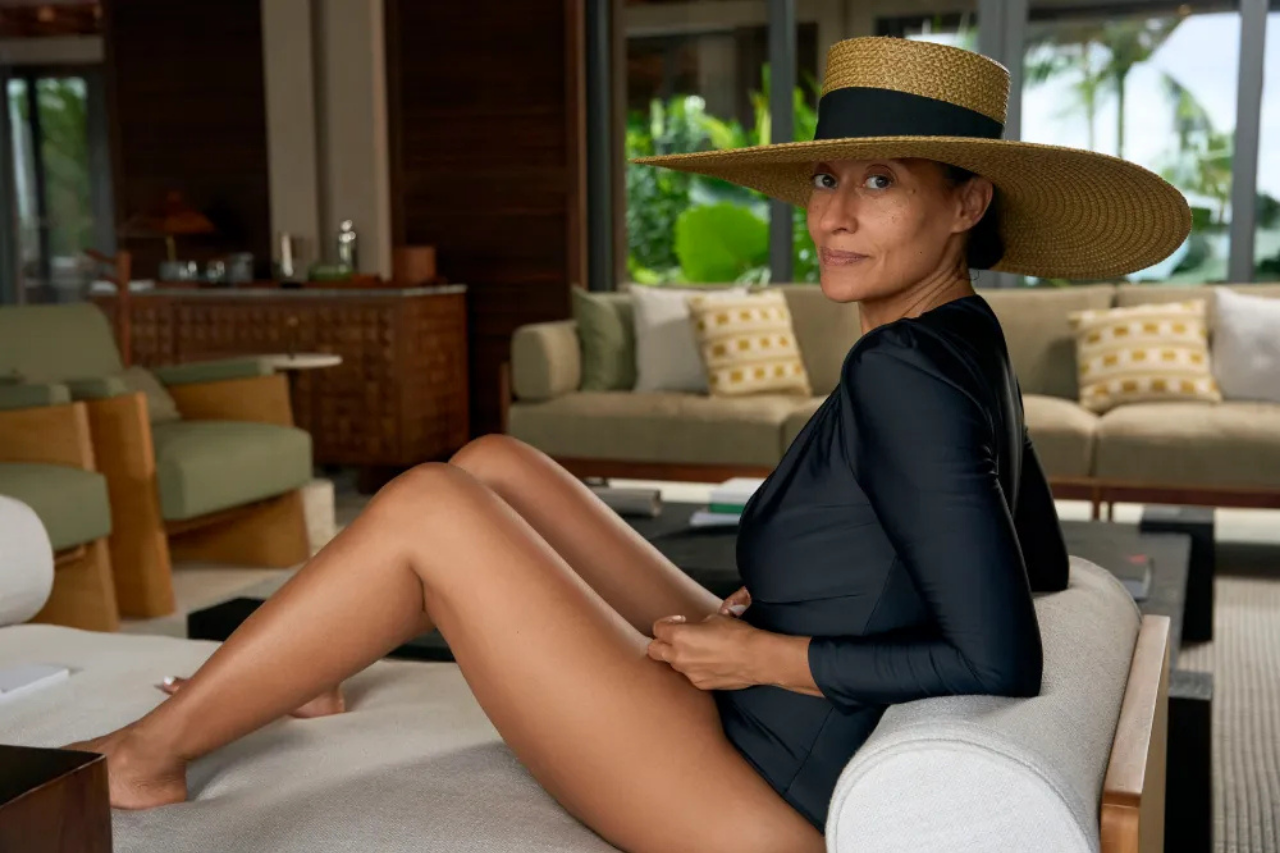Pickleball has found a sweet spot: it feels “sporty,” but it is forgiving enough for many older adults to join in without fear of overexertion.
In a new interview with Jimmy Fallon on The Tonight Show, Mariah Carey, 56, reflected on creating her unreleased 1990s grunge album Someone’s Ugly Daughter and even played a clip of its track “Prom Queen” for the audience. But during a lighthearted segment where Fallon asked her thoughts on a series of cultural trends, it was her candid surprise at the mention of pickleball that turned her into a stand-in for millions of Americans who had no idea a new craze had taken hold in the sports world.
If Mariah Carey can confess confusion, the rest of us can breathe easier about not being in the know.
Pickleball may sound like a quirky food trend, but it is actually the fastest-growing sport in the United States. According to the Sports & Fitness Industry Association, nearly 20 million Americans now play, a number that has doubled in just a few years. Pickleball courts are popping up in local gyms, community centers, and even replacing tennis courts.
The sport itself is a mash-up. Imagine the size of a badminton court, the net of a tennis court, and the paddles of ping-pong. Players use a lightweight paddle to hit a perforated plastic ball—something like a giant wiffle ball—over the net. The rules borrow from tennis and ping-pong, but the pace is a bit slower, making it accessible for all ages.
The U.S. Snapshot: A Demonstration Model
In 2024, the Sports & Fitness Industry Association (SFIA) estimated nearly 19.8 million Americans played pickleball, marking a 45.8% increase from 2023. Source: Pickleheads
Interestingly, while the sport’s roots lean older, the average player age has been slipping downward—with 25- to 34-year-olds now representing the largest cohort by numbers. Sources: Pickleheads, PickleRage Indoor Pickleball Clubs
But players over 50 remain a major demographic: in recent reports, that group has made up millions of dedicated participants, and within that group substantial shares are 65 or older.
Part of pickleball’s charm is its inclusivity. The smaller court means less running, so it appeals to people who might find tennis too demanding. At the same time, it is quick and strategic enough to keep athletes engaged. Retirees have embraced it for its social benefits and manageable exercise.
But the boom has not been without controversy. Neighbors of new courts complain about the constant pop pop pop sound of the ball. In some cities, tennis players feel squeezed out as courts are converted. Yet the demand keeps growing, fueled by both casual curiosity and a sense of community.
Across the globe, populations are aging at historic rates. In the U.S., by 2030 every Baby Boomer will be 65 or older. Worldwide, people over 60 will outnumber children under 10. This demographic shift created a demand for activities that are both social and sustainable—and pickleball delivered.
Why Older Adults Love Pickleball
-
Gentle on the body: The smaller court reduces strain on joints, making it suitable for those with arthritis or past injuries.
-
Quick to learn: Beginners can play within minutes, lowering the intimidation factor that keeps many away from sports.
-
Built-in social life: Because doubles are common, the game naturally fosters connection and community, counteracting isolation.
-
Supports healthy aging: Studies show activities like pickleball improve balance, heart health, and mental wellbeing, all crucial for longevity.
In this way, older adults, often dismissed as “slowing down,” became the pioneers of a modern cultural trend.
While the U.S. led the charge, other nations with rising senior populations are picking up paddles.
- Australia: With more citizens reaching retirement age, clubs across Sydney and Melbourne report hundreds of new members each month. Pickleball Australia counts 16,000 registered players and growing.
- China: With projections that nearly 37% of the population will be older by 2060, researchers are exploring pickleball as a community health tool. Pilot programs show improvements in fitness and mood among older players.
- India: More than 50,000 Indians are now playing across 500 courts. While younger players are making headlines in competitions, older adults are filling local clubs, turning pickleball into a cross-generational pastime.
- Philippines: The Philippine Pickleball Federation grew from just a handful of clubs in 2020 to over 181 clubs today, with more than 10,000 registered players, many of them retirees.
- Spain and Europe: With some of the world’s oldest populations, European countries are building formal circuits. In Spain, the national tennis federation is funding a pickleball league through 2033, signaling how mainstream it has become.
These global stories share a theme: as people live longer, healthier lives, they are seeking sports that allow them to stay active and connected well into their later decades.
Origin Story of Pickleball
Pickleball began in 1965 on Bainbridge Island, Washington, created by three neighbors looking to entertain their kids: Joel Pritchard, Bill Bell, and Barney McCallum.
-
Improvised beginnings: A lowered badminton net, ping-pong paddles, and a perforated plastic ball set the foundation for simple, family-friendly play.
-
Why the name: Two stories persist. Some say it came from “pickle boats,” a term for mixed crews. Others credit the family dog, Pickles, who chased the ball.
-
From backyard to global: The easy learning curve, small court, and social doubles play helped it spread from neighborhood driveways to clubs and federations worldwide.
What started as a family game became a global pastime that welcomes all ages and abilities.
Should you try it? If Carey’s surprise left you curious, the answer might be yes. Local recreation centers often host beginner nights where equipment is provided. Courts are popping up in unexpected places—converted malls, rooftop clubs, even cruise ships. Unlike many sports, the learning curve is gentle. A first-timer can rally within minutes, and the social element keeps players returning.
When Fallon teased Carey about not knowing what pickleball is, the audience laughed—but also nodded along. Because pickleball may be everywhere in the news, but not everyone has set foot on a court. Carey’s admission makes it clear: it is okay to ask the basic question.
What she represents is the truth that cultural fads don’t reach everyone at the same speed. While some communities are all-in, others are still catching up. And that is part of the joy of discovering something new: we get to learn, stumble, and laugh about it together.
The next time she’s asked about it, don’t be surprised if Carey has more to say, maybe even with a glittering paddle in hand.
Discover more from MidScroll
Subscribe to get the latest posts sent to your email.



